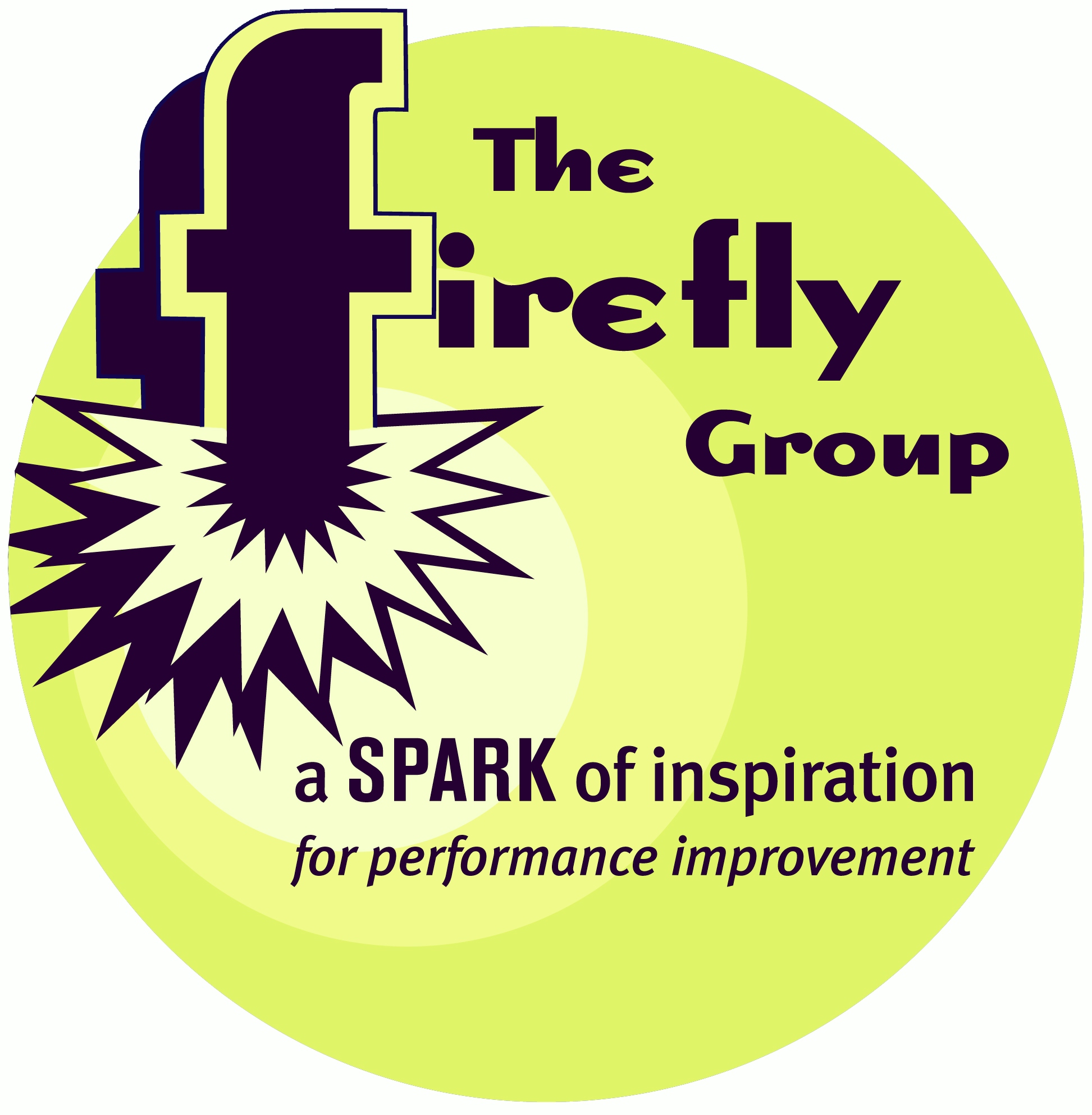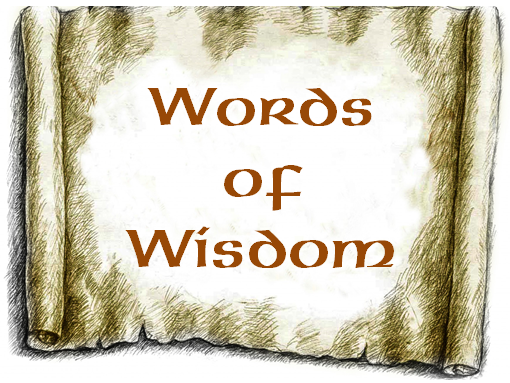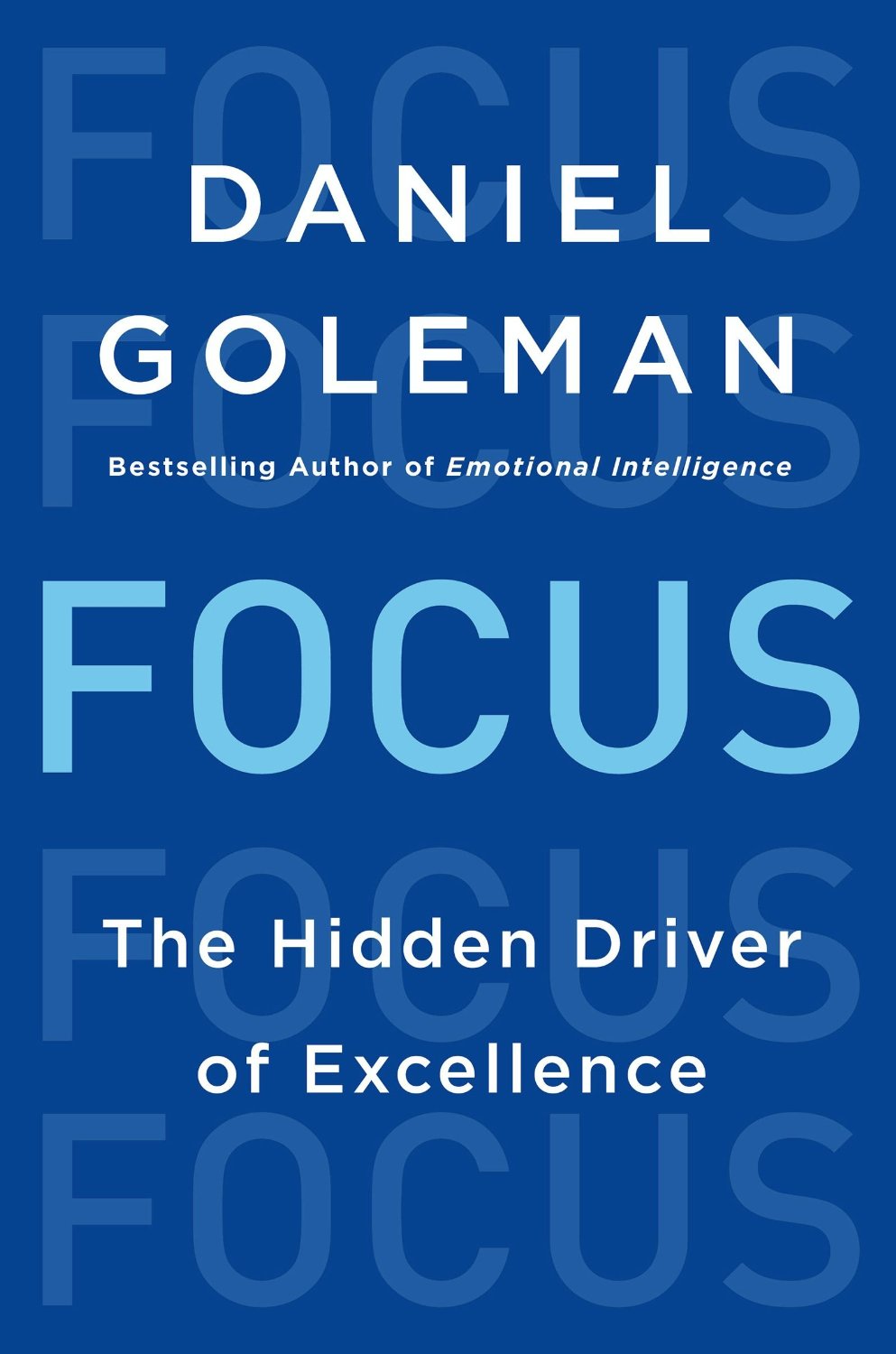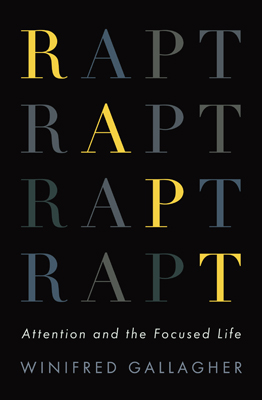

What's New

Words of Wisdom
52
cards and 15 activities to spark conversations and deepen learning.
Learn more HERE.
What We Do
The Firefly Group helps people use everyday situations for learning and connecting to the Big Picture. After working with Firefly, you will be energized with specific action steps to achieve your goals.
We do this through training of trainers, leadership development, performance improvement training, strategic planning, writing training manuals, and clarification of organizational mission and vision. Our methods are engaging, thought-filled, and results-oriented.
 If
this sounds like a good direction for your organization, let's talk about
how we might collaborate! Please give me a call (802.257.7247) or send an
. - Brian
If
this sounds like a good direction for your organization, let's talk about
how we might collaborate! Please give me a call (802.257.7247) or send an
. - Brian
 Your ETR (Estimated Time to Read): 10 minutes Your ETII (Estimated Time to Implement Ideas): 5 weeks |
December 2014
|
Say
It Quick |
Discoveries bits of serendipity to inspire and motivate |
Ideas fuel for your own continuous learning |
Activities tips and tricks you can try today |
| Pressing Matters | Focus: A Book by Daniel Goleman | Not Meditation |
Your ability to sift through competing sensory input and focus on what's important is a critical success factor. Find out more beginning with this 99-Word Story.
Pressing Matters
Yes, I should have done it the night before, but this morning I was madly trying to iron my shirt. Now I would be late for the meeting. The meeting! I'd spent days planning, clearing the agenda, sending reminders, ordering refreshments. The outcome was critical. Had I really checked all the details, factored all the political angles, considered the long-range implications?Finally, the shirt's done. The front looks sharp. But what's this? I've pressed a huge, permanent crease into the back!
For your next project, work out the pressing details but be prepared for the unintended consequences.
 Focus
Focus
Directing and maintaining attention
At first I was surprised that the man who has championed the notion of emotional intelligence would be so concerned with how we concentrate. But in his book, Focus: The Hidden Driver of Excellence, Daniel Goleman makes the case that there is a biological link between our emotions and our ability to maintain attention.
Goleman points out that all our sensory input first passes through the amygdala before reaching the cortex for interpretation and transformation into actions and memories. The amygdala layers the sensory information with emotions which have a lopsided effect on the rest of our brain. Emotions can trigger signals to our heart, lungs, and endocrine system, to beat faster, pump more air, and crank out adrenalin. If we feel fearful, we can be acting in survival mode before we even consciously recognize a situation.
Here's where attention becomes critical: When we can focus on our bodies and the sensations of our internal organs, we are in a better position to interpret and react levelly to a situation. Focus allows us to balance the automatic responses of our lower brain with the measured responses of our upper brain for more effective interactions.
Goleman devotes most of his book to the variety of instances in which one's focus can balance these top and bottom brain systems for better results. Some examples:

Goleman's book, Focus, is a nice compliment to Winifred Galligher's book Rapt. Galligher also writes about the coordination of bottom-up and top-down attention. Her book explores our attention, what attracts it, what holds it, and how to use it to be more purposeful. Goleman's book emphasizes the role of emotion in capturing and sustaining our attention.
Read my review of Rapt in the September 2010 issue of the Firefly News Flash and compare the two books for yourself.
Focus: The Hidden Driver of Excellence by Daniel Goleman, HarperCollins, ©2013
Intuition Explained
"I have a bad feeling about this." - Han Solo
This refrain becomes almost a cliché in the first Star Wars movie by George Lukas. Several times various characters find themselves in a tough spot, exiting hyperspace into an asteroid field or landing in a garbage recycling container, and it's their gut that tells them that danger awaits. It's not just the way things look or sound, it's the whole combination of sensory input that manifests a visceral reaction of fight or flight.
I loved Star Wars partly because I have never had a very strong sense of intuition. How often I wished to have that extrasensory perception of the "Force" at my command. However, the best I've managed to achieve is "I had a bad feeling about that. Wish I'd paid attention to it!"
Goleman's book, Focus, demystifies the process of intuition. Our sensory system gathers an incredible quantity of information. Sights, sounds, tastes, textures, temperatures, smells, and pressures both inside and outside our own bodies are vacuumed into our primal, lower brain. That lower brain does some preliminary processing to determine whether to register fear or pleasure.
But those preliminary signals won't necessarily transmit further up the brain hierarchy. Without focus, they will simply be ignored.
Goleman explains that we can train our attentiveness so we are better able to notice, interpret, and act upon the whole spectrum of sensory input. The concept of intuition becomes less mysterious when we realize it's a matter of reducing the self-involved "chatter" of our upper brain so we can "hear" the feelings from our body.
The 99-Word story demonstrates the challenge of calming that upper brain chatter. Most of the time, the result of our inattentiveness is not dire. But, how much richer might our lives be if we weren't unintentionally "creasing the backside" of our work through a lack of focus?
Not Meditation
There are hundreds of books and articles about meditation so I don't need to describe that practice here. However, if you'd like a simple way to get in touch with the emotions that originate in your body, consider this exercise in observation. Read through the steps then carve out five minutes to give it a try.
Relax and Notice
Close your eyes and sit comfortably.
Breathe deeply and slowly. Slow your breathing down.
Breathe fully into your chest. Feel the breath fill your lungs.
When you exhale, exhale slowly. Try to gently release all the breath from your lungs. Pause when all your breath is out before taking the next breath.
Feel your seat on the chair. Feel your body sink into the chair. Notice the weight of your hands, arms, and legs. Try to identify each point at which your body is touching itself or a solid object.
Notice where your skin is in contact with your clothes and how it feels - tight, soft, or warm. Feel the weight of a necklace or wrist watch.
Now turn your attention inward. Feel the muscles in your body from head to toe. Let your face muscles relax then your neck and shoulders. Release the stiffness in your arms and hands; your legs and feet.
Where you find tension, consider why it might be there; what message does it suggest?
Next, focus on your internal organs. Notice what's happening with your heart rate, breathing pattern, your stomach and lower abdomen. What emotions are they producing?
Inhale slowly and exhale slowly. Try to slow your breathing down even more.
As you exhale, let all your cares dissolve. Let your internal organs become calm and regular.
Slowly bring awareness to the world around you and, when you are ready, open your eyes.
After you become familiar with this activity, you may be able to use certain parts of it on the spur of the moment. For example, you may find yourself more easily and more quickly able to zero in on the feelings in your stomach. When you do, try to decipher the emotions that caused those feelings and then choose an appropriate action.
Whether you find this helpful or not, please your experience!
|
Whether you need a keynote speaker, or help with strategic planning, performance improvement, or training facilitators and trainers in your organization, I look forward to your call (802.257.7247) or . -- Brian |
Read previous
issues. Click Library!
To add or delete your name to our mailing list, email
with a short note in the subject line.
I want this newsletter to be practical, succinct, and thoughtful. If you have suggestions about how I can meet these criteria, please let me know! Send me an with your thoughts and ideas.
Home
| Services
| Products
| Mission
| Ideas |
The Group
| The Buzz
(c)
2013 The Firefly Group